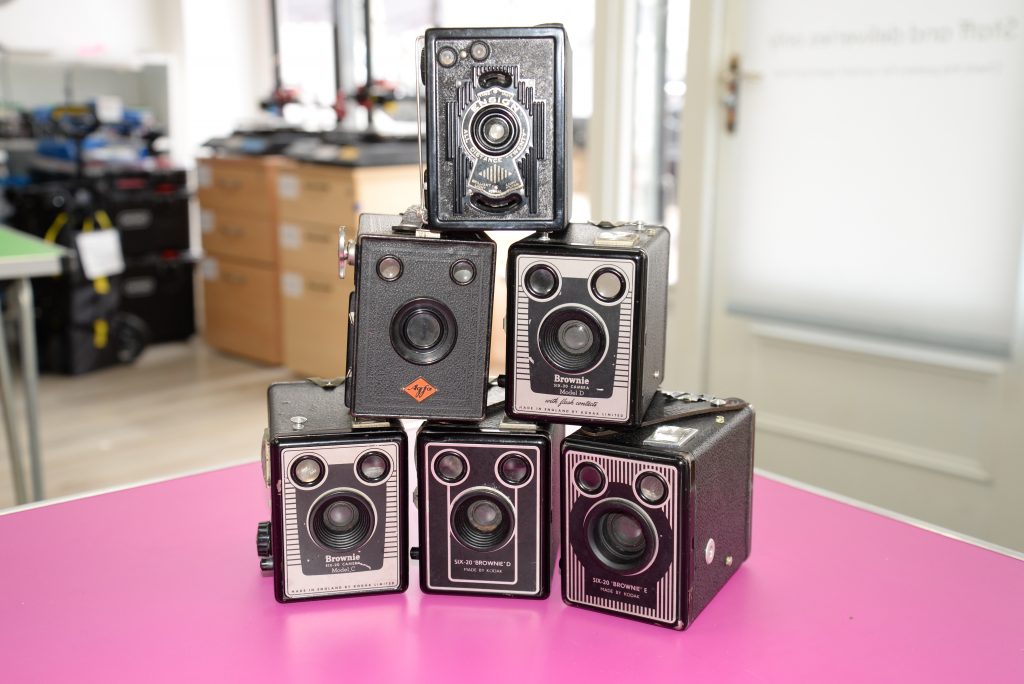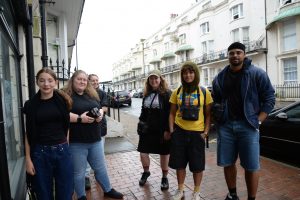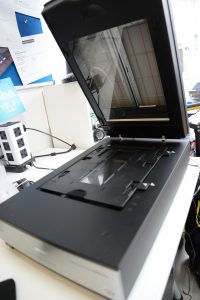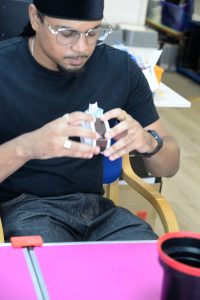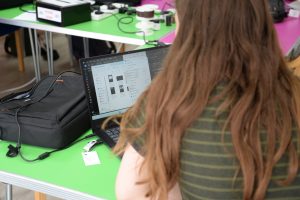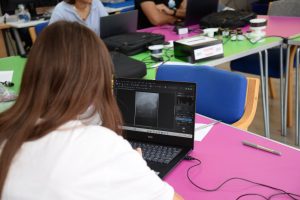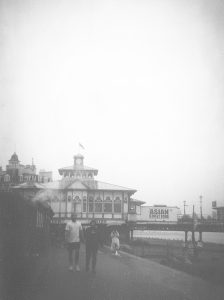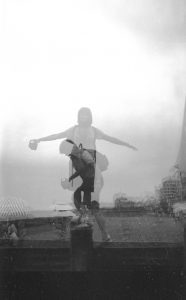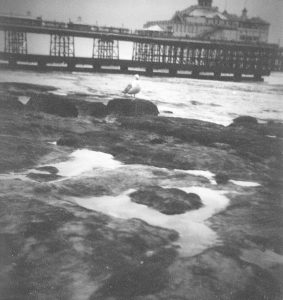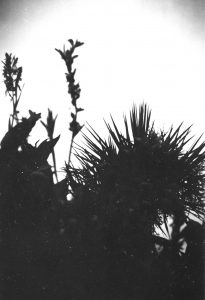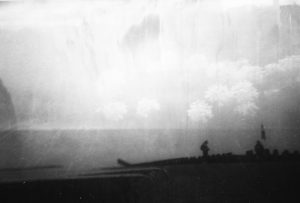We believe that learning digital skills doesn’t have to only be for “essentials” or “work skills”. Using creative tools doesn’t just help people learn that technique or that software, it builds general digital skills and confidence which spills over into the rest of the digital tasks people have to do. Also, having a creative outlet can help people in other ways too – and it’s fun!
At TechResort, we often talk about creative digital skills – this often means 3D printing, building and coding games or robots, or building electronic circuits, it might also include stop-frame animation. In most of these cases all the inputs might be digital – but some of the outputs could well be physical.
So, from time to time we also explore creativity which starts as physical and turns into digital.
We’ve digitised physical artworks so that a pandemic-affected LGBTQIA+ project for young people which could no longer be toured as planned, could still be experienced via a simple website. We used scanners and high quality cameras to capture the works in all their glory and made them into a digital gallery.
More recently we’ve been designing a new piece of work.
Lots of the young people we work with, and who work or volunteer for us, enjoy photography in various forms. Most have never used film cameras, but a few have and would like to do more. We know it can feel a bit intimidating, not to mention cost-prohibitive.
We all know that the way to get better at something is to practice – but that can be hard if it’s outside your financial means.
We have access to a collection of vintage film cameras – some of which date back to the early 20th century and we very much appreciated the financial support of The Richard and Siobhan Coward Foundation so that we could buy film, developing gear and a negative scanner to enable more young people to try film photography without worrying about the cost.
Two of our team were very keen to get involved in designing the workshop but none of us were 100% sure how best to structure it. So we decided to start out with two co-production sessions for two staff members and four young guest attendees.
Co-production Session 1
The camera collection has several of the simplest type of camera: the box camera.
They use what’s known as “medium format” film which was common from the early 1900’s and is still readily available.
To keep things simple we use only black and white film which we develop ourselves using a single-step developer and fixative, known also as “monobath“.
The first part of the session was to understand how these simple cameras work, and to know what their limitations are in terms of quality. We looked at some specimen pictures to get a sense and all agreed we were happy to “embrace the chaos”.
Then we loaded the cameras with film and ensured we knew how to judge when the film was at the right point to take photos. These cameras don’t stop you from creating multiple exposures like a modern film camera does.
Armed with new-found knowledge – but sadly, no lovely sunshine – our intrepid team headed to Eastbourne seafront to give the cameras a go.
When they returned an hour later, all had 8 exposures on their cameras. That two hour session had flown by!
After everyone had gone home, those films needed to be developed so that the negatives could be scanned during the week. We have a bathroom with no light, so films were labelled and loaded into light-tight developing tanks in the bathroom then taken elsewhere for the development. The labelling helped to ensure everyone’s photos could go back to their rightful owner.
Once dried, the negatives are cut into manageable sized chunks (about 2 or 3 pictures on each) and stored in special negative sleeves. Then, they’re taken to the high quality scanner with special software to do the scanning. Our two staff members both learned new skills as they got to grips with both the physical and digital aspects of wrangling negatives.
We then copied the pictures onto USB sticks so that each participant could have their photos back.
Co-production Session 2
The whole group reconvened the following Saturday.
Before anyone got to see their pictures, they first learned what it takes to get film into a developing tank. You have to learn in the light, with some old wasted film and practice the skill a few times.
Everyone mastered it – but then, it needs to be done in the dark so you try it with your eyes closed. Not as easy as it looks!
The next stage is to understand the development process so we loaded a film that we’d reserved into the tank and everyone helped in the developing process. It’s not difficult but needs to be done with care, with some timings around when you leave the tank still and when you move it around to ensure that the developing chemical gets properly distributed. The final stage is very thorough rinsing to get all traces of the loose chemicals off the film, and then hanging the negatives up to dry.
The results!
Everyone learned how the scanning software is used – and we also learned about making sure there’s no dust or fluff on the scanning surface.
Then we all set to with photo-editing software to make the most of one our pictures.
The software we use is Affinity Photo which represents a good balance of features, ease of use and cost for TechResort’s workshop laptops. Most people have heard of Photoshop which would also be good for that job and we sometimes also use an open source photo editor called “GIMP” which is free to use.
Everyone declared themselves happy with their photos – and they’d all made the most of being to do double exposures. We think the results are absolutely stunning!
Note: Fiona’s photos which were developed during the session haven’t yet been scanned…but they will be.
We asked all the attendees to give us some feedback so we can make the sessions even better. From that they’ve told us that we got the session length about right and that most people had enjoyed making the photographs best, although learning how to load up film came second!
Thank you to A, F, J, L, L and S for being so patient whilst we went through the session design process and for joining in with such enthusiasm. Now we can set up some new dates feeling a bit more confident that attendees will get done what they need to in the time allowed.

